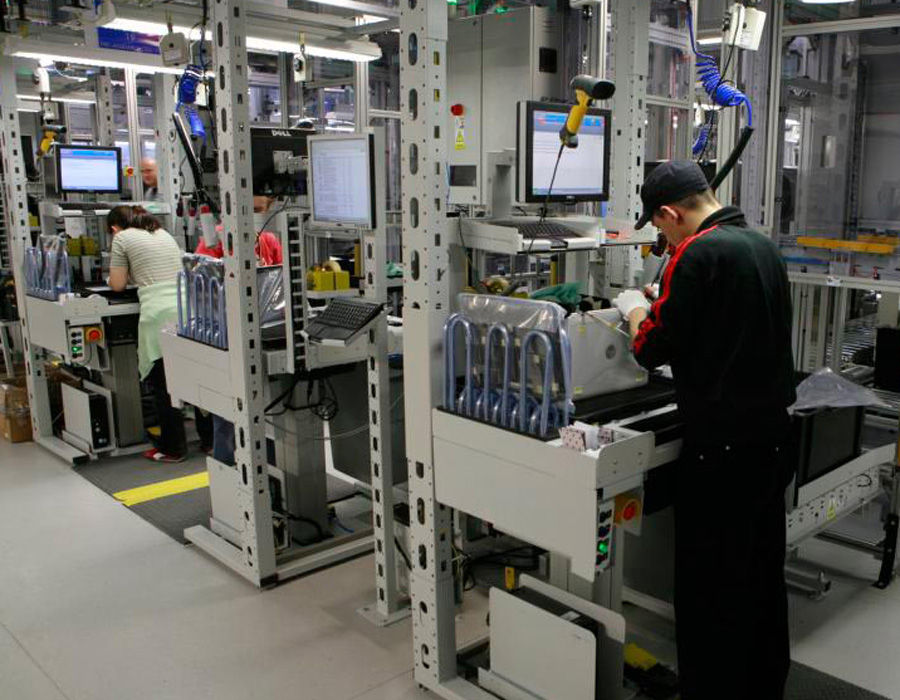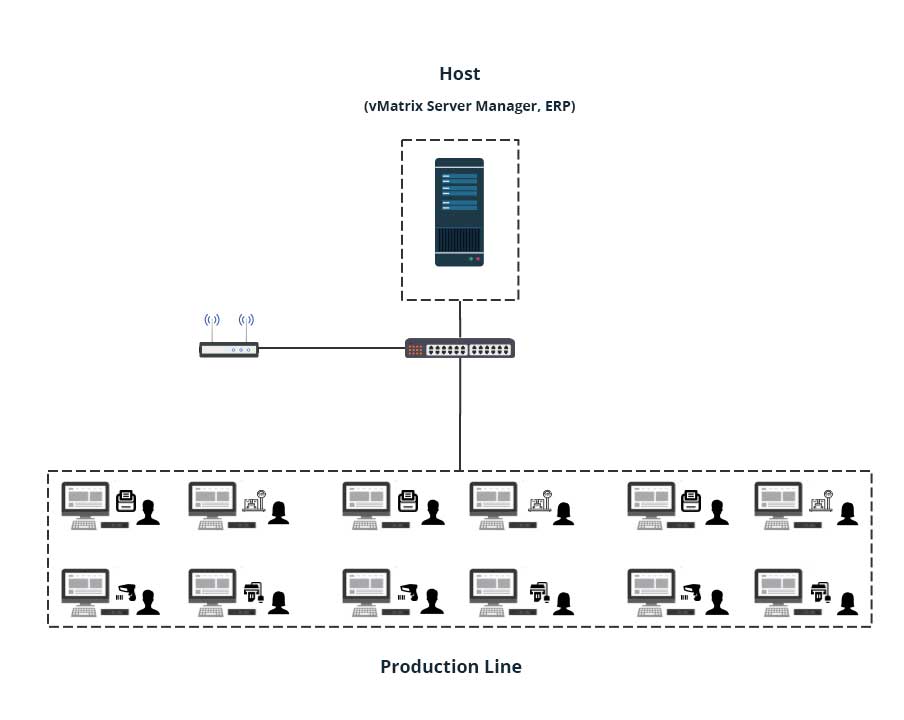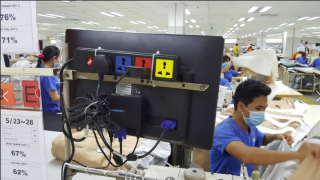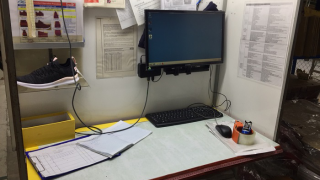Demand Analysis
Computers in the industry of production and manufacturing have provided huge benefits. They have brought massive transformations in recent years in all the aspects of manufacturing products, from planning, designing, control, distribution, processing, marketing, production, etc. They exhibit speed, accuracy, and efficiency. Since there is increased demand for manufactured goods and the timely delivery of high-quality products, the utility of information technology and computers have significantly increased now.
In the traditional mode, the production line is often equipped with some USB peripherals such as scanners, barcode printers, weighing machines, and racks. The production line staff uses the ERP system production management system on the PC to perform real-time entry and management of various data in the production process. The traditional IT architecture has certain security risks and is complex in operation and management.
-
Information security cannot be guaranteed: In the traditional production workshop, a large number of PCs are needed for scanning and storing various parts, materials, equipment, products, etc. However, the production data is stored on the PC in a scattered manner. The enterprise cannot effectively control the mobile media such as the U disk. The PC is easy to become a security gap in the digital workshop and cannot meet the high standard requirements of the enterprise for information security construction.
Maintenance management is not flexible enough to seriously affect work efficiency: when the traditional PC fails, the workshop is not equipped with IT operation and maintenance personnel, and often waits for the operation and maintenance personnel to rush to the workshop to solve the problem and restart the production line, which has been delayed for several hours or more, greatly affecting production efficiency.
The operation and maintenance is complicated, and the overall input cost is high: the original business system is mainly based on physical servers and high-configuration workstations. When performing fault maintenance and unified upgrade, it needs to be maintained one by one, and the efficiency is low; when the original system software is forced to be upgraded, customers need to continue to purchase expensive servers, storage, workstations, and compatible versions of industrial control software, and redesign the automation process. Every time the business system expands, customers will face severe financial pressure and huge workload.
-

Solution
-

-
vCloudPoint delivers an innovative shared desktop computing by combining vCloudPoint zero clients and vMatrix Server Manager software to help multiple users share one host computer and get an indistinguishable PC access experience. The vCloudPoint zero client has no moving parts and no hardware for processing and storage. Unlike PCs, they are simple and the shared host performs all the processing and storage operations. Since the remote host does the entire configuration, software operation, communication, data storage, etc. completely for the terminal system and no need to install local drivers, managing patches, and no software licensing fees and updates, the zero clients server only as input and output devices. The vMatrix Server Manager software runs on the host PC and enhances the complete functionality and usability of the sharing system by providing connection brokering, graphics acceleration, audio and USB redirection, and centralized management. IT management personnel can monitor, support and manage the end users and the endpoint devices centrally and simply at the server-side through the front-end console. vCloudPoint zero clients and vMatrix Server Manager software, together are more advantageous than the traditional PCs – save costs, excellent desktop performance, rich management features, reduced maintenance, enhanced security, and easy deployment.
Benefits
Installation

-
Components:
vCloudPoint system + ERP for manufacturing.
The vCloudPoint system includes:
- Shared host: the computing and storage machine that delivers virtual desktops to end users.
- Zero client devices: the devices for connecting end users to the virtual desktops on the host.
- vMatrix Server Manager: running on the host to enhances the overall functionality and usability of the sharing system by offering connection brokering, graphics acceleration, audio & USB redirection, and centralized management.
Depending on the real implementations, customers may need to purchase additional network devices, keyboard & mouse and monitor for each workstation, and other necessary hardware or software in use with the computing system.
-
Implementation Steps:
- Connect the zero client devices to monitor, USB peripherals and then connect to the LAN switch through the network cable.
- Install the vMatrix Server Manager, the multi-user patch, USB drivers and other required applications on the host.
- Create user accounts with vMatrix Server Manager.
- Login with created user accounts and ready to work on the zero clients.
Optional:
-
- You can do some configurations depending on your specific use case, for example, setting themes, wallpaper, desktop icons, auto-run application and USB policy for users.
- You can set auto-power-on and auto-login for unattended state of access as needed.
Case Studies
-

Wanek Furniture Company in Vietnam
Country : Vietnam End user name : Wanek Furniture Company in Vietnam Product model:S100 Total number deployed : 12 seats in 1 office Total number of servers deployed: 1 Applications : VLC player Server configuration for each 12 seats : CPU: Intel Xeon E5-2643 v3 Memory: 2GB SSD for system and user files : 256GB HDD for storage :unknown OS: WIN7
-

Sao Viet Corporation in Vietnam
Country : Vietnam End user name : Sao Viet Corporation in Vietnam Contact person: Mr. Tuan Job title : IT Manager Product model:V1,S100 Total number deployed : 38 seats in office & factory (V1: 2, S100: 36) Total number of servers deployed: 1 Applications : MS Office, VOIP,etc. Server configuration for each 20 seats : CPU: 2 x Intel Xeon E5-2620 v4 Memory: 64GB SSD for system and user files : 2*240GB HDD for storage :unknown OS: WIN7